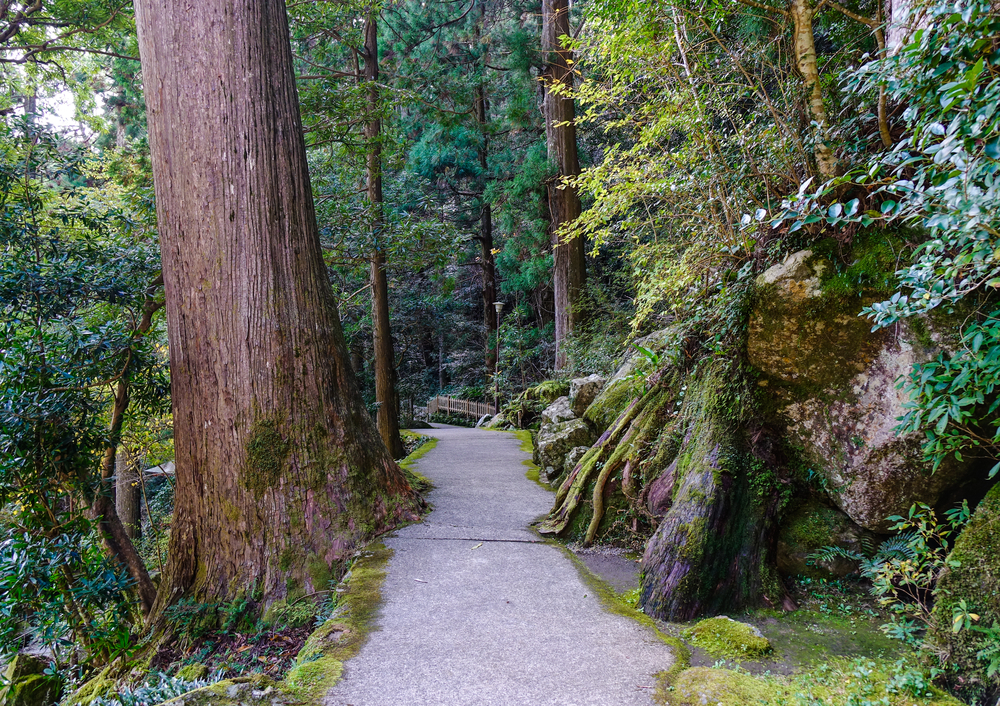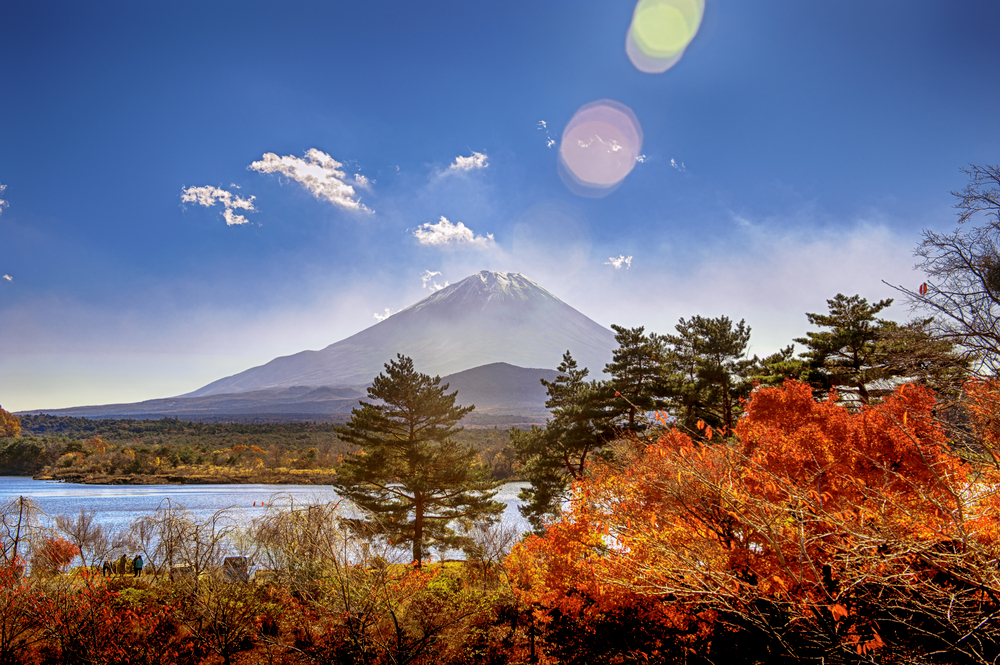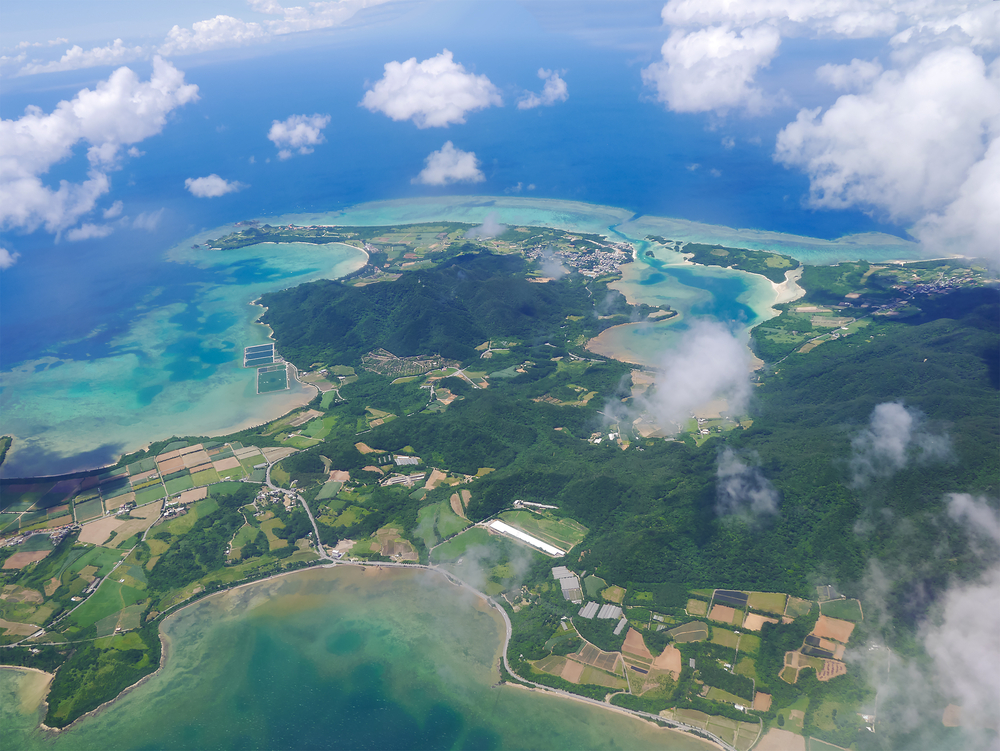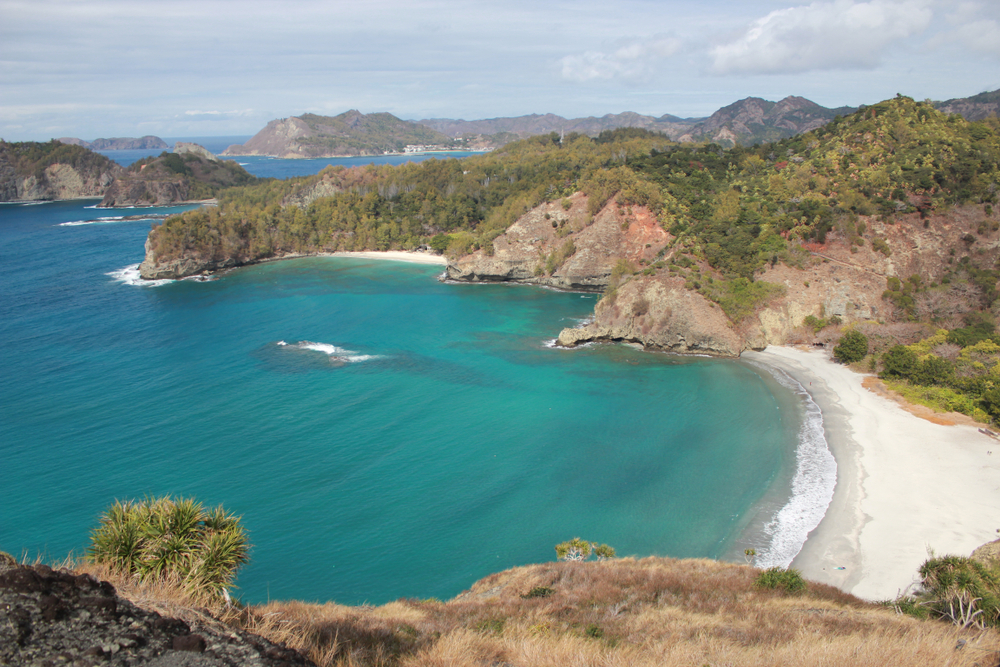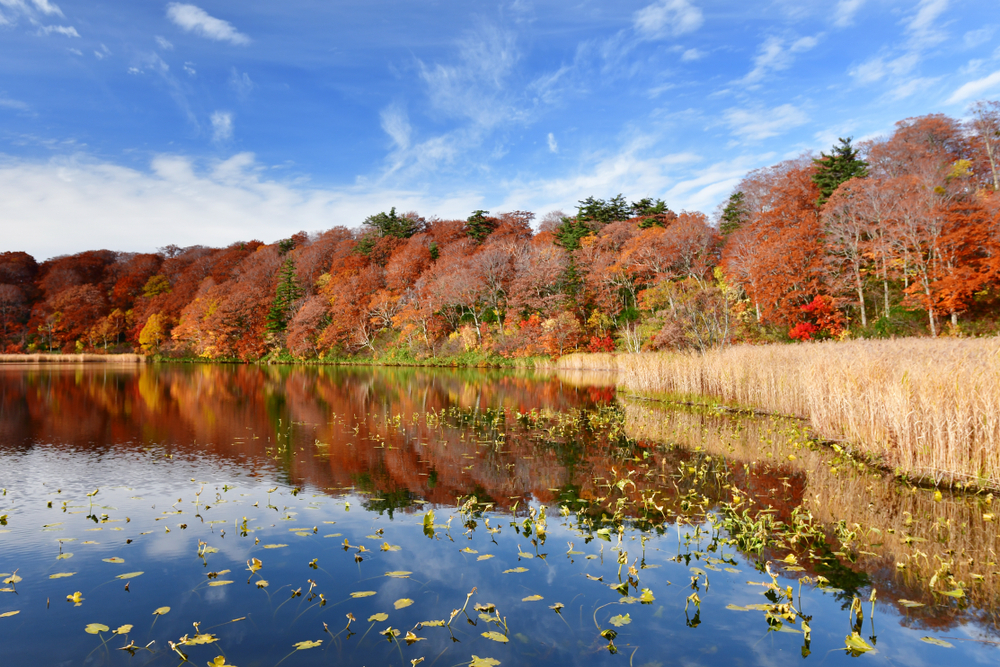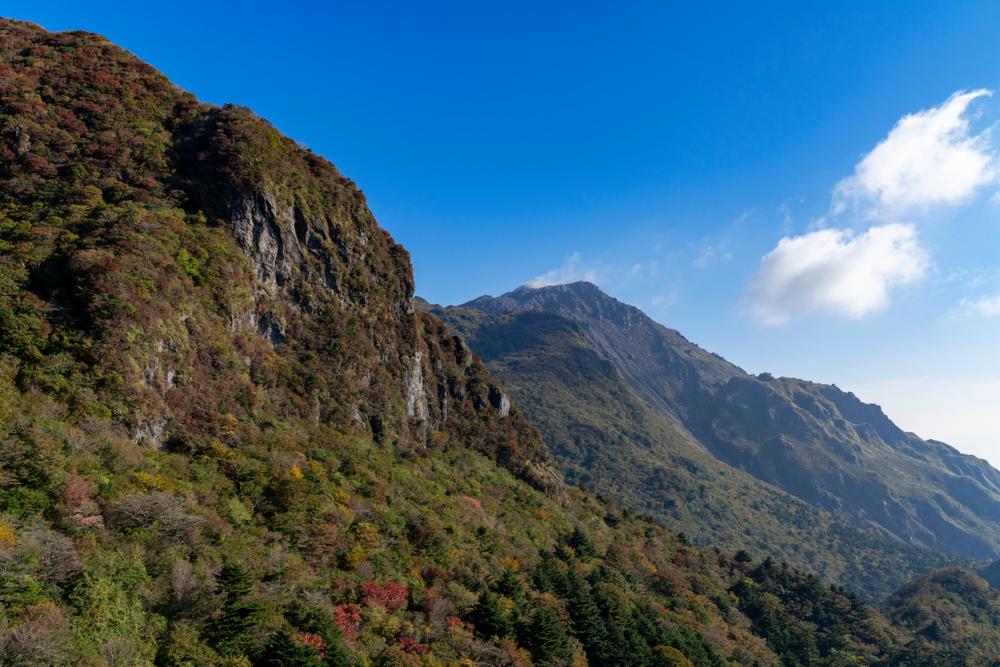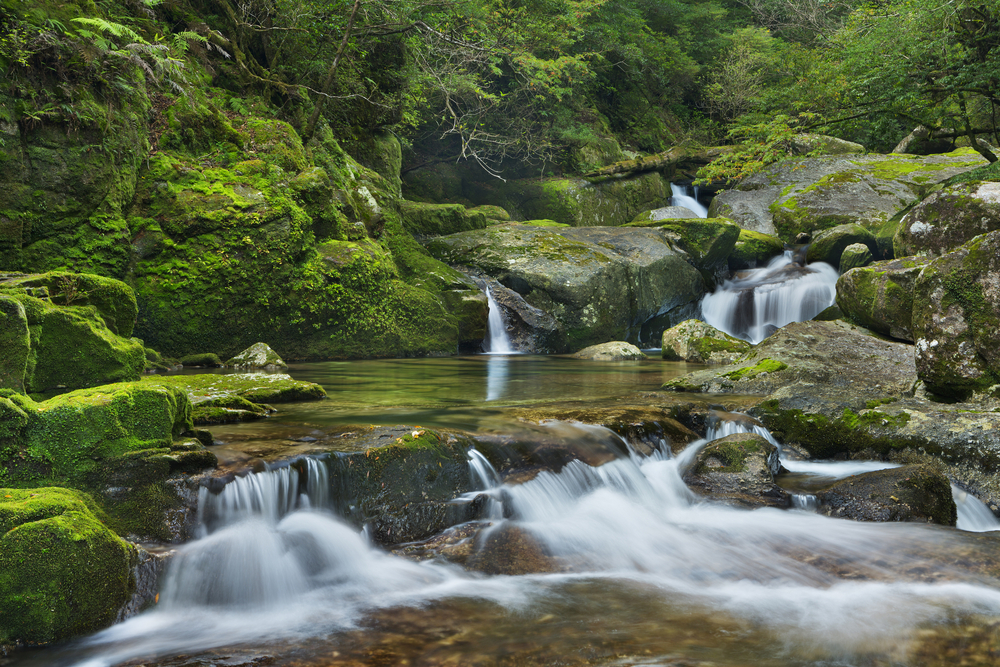Yoshino-Kumano Overview
Yoshino-Kumano National Park, located in the Kansai region of Japan, spans approximately 1,579 square miles (4,089 square kilometers) across the prefectures of Nara, Wakayama, and Mie. Known locally as Yoshino Kumano Kokuritsu Kōen (吉野熊野国立公園), this park is renowned for its spiritual and natural significance, encompassing sacred sites, lush forests, dramatic coastlines, and ancient pilgrimage routes. Its diverse terrain includes the Kii Mountain Range, a UNESCO World Heritage Site, and features iconic landmarks such as Mount Yoshino, celebrated for its stunning cherry blossoms, and Nachi Falls, one of Japan’s tallest waterfalls at 436 feet (133 meters). The Kumano Nachi Taisha, part of the revered Kumano Sanzan shrine complex, adds to the park’s cultural allure.
The landscapes of Yoshino-Kumano National Park are remarkably varied. In the Yoshino area, ancient cedar and cypress forests blanket the mountains, interspersed with groves of cherry trees that bloom spectacularly in spring. The Kumano region is characterized by rugged coastal cliffs along the Pacific Ocean, scenic beaches, and dense subtropical forests. The Kumano Kodo pilgrimage routes, a network of ancient trails, traverse these terrains, offering breathtaking views of rivers, waterfalls, and valleys. Visitors can also explore Onigajo, a series of rugged rock formations shaped by wind and waves, which adds a dramatic touch to the coastline.
Wildlife thrives in Yoshino-Kumano National Park, with its rich biodiversity reflecting Japan’s ecological wealth. The park is home to Japanese macaques, sika deer, and serows, as well as nocturnal creatures like the Japanese giant flying squirrel. Birdwatchers may spot black kites, Japanese robins, and the distinctive ruddy kingfisher. Seasonal appearances of migratory birds add to the park’s appeal for nature enthusiasts. Aquatic life is equally vibrant, with species like Japanese pond turtles inhabiting the park’s rivers and wetlands.
Highlights of the park include Mount Yoshino, revered as Japan’s premier cherry blossom viewing site, where over 30,000 cherry trees create a breathtaking spectacle each spring. Nachi Falls, accompanied by the Nachi Taisha shrine and Seiganto-ji temple, forms a spiritually resonant trio that draws countless visitors. The Kumano Kodo trails, a designated UNESCO World Heritage Site, invite hikers to immerse themselves in Japan’s ancient traditions while traversing serene landscapes. Additionally, Yunomine Onsen, one of the oldest hot springs in Japan, offers a relaxing retreat steeped in history.
Visitors can experience Yoshino-Kumano National Park in various ways, including hiking, birdwatching, and cultural tours of its shrines and temples. The Kumano Kodo pilgrimage routes range from leisurely walks to challenging treks, providing options for all skill levels. The park also encourages eco-friendly engagement, such as guided tours emphasizing conservation awareness. Seasonal events, including cherry blossom festivals and traditional ceremonies, offer unique cultural experiences.
Conservation efforts within the park balance the preservation of its natural and cultural heritage with the promotion of sustainable tourism. Challenges include managing the impact of increasing visitor numbers and protecting native species from habitat loss. Successful initiatives include reforestation projects and educational programs to raise awareness about the park’s ecological and historical significance. Collaborative efforts between local communities and park authorities ensure that Yoshino-Kumano National Park remains a treasure for future generations.








































































